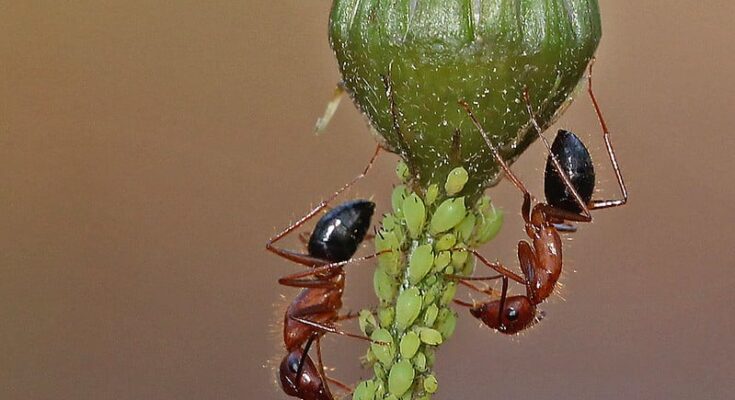Researchers have made a new discovery about ants in Florida. The ants are now known to perform life-saving procedures on each other, a behavior previously seen only in humans.
Researchers observed that Florida carpenter ants can recognize when one of their nestmates has a limb injury. They respond by either cleaning the wound or even amputating the damaged limb. These findings were recently published in the journal Current Biology by the research team.
“When we’re talking about amputation behavior, this is literally the only case in which a sophisticated and systematic amputation of an individual by another member of its species occurs in the animal kingdom,” explained Erik Frank, the lead author of the study and a behavioral ecologist at the University of Würzburg in Germany.
Ants treated their nest members’ thigh injury
In 2023, Erik Frank’s team made another notable discovery involving an African ant species, the Metabele ant (Megaponera analis). They found that these ants can heal infected wounds in their colony members using an antimicrobial substance from their glands. Unlike the Metabele ant, Florida carpenter ants lack such glands.
Therefore, the researchers aimed to understand how these ants manage wounds among colony members, focusing specifically on injuries to the femur (thigh) and lower tibia, the bone between the knee and ankle.
During experiments, researchers observed that Florida carpenter ants handled femur injuries in their nestmates by first cleaning the wounds with their mouths.
Subsequently, they performed amputation by repeatedly biting the affected leg. In contrast, when it came to tibia wounds, the ants simply cleaned the injuries without resorting to amputation, as reported by Live Science.
The surgeries performed by the ants led to remarkable improvements in the survival rates of their injured peers. For femur injuries, survival rates surged from less than 40 percent to between 90 and 95 percent when amputations were carried out. Similarly, tibia injury survival rates increased from 15 to 75 percent after wounds were cleaned.
Ants don’t amputate all leg injuries due to speed limitations
Researchers propose that ants choose to amputate only femur injuries due to time constraints. The process of amputation alone takes ants a minimum of 40 minutes to complete.
Upon analyzing micro-CT scans of the ants, the researchers hypothesized that damage to the muscles responsible for pumping blood in the femur slows down circulation. This delay could potentially hinder bacteria-laden blood from entering the body quickly, giving the ants sufficient time to perform the necessary amputation.
In contrast, ant tibias have comparatively less muscle tissue, which allows infections to spread more rapidly. As a result, amputation would require too much time for the ants to effectively stop the spread of harmful bacteria. Therefore, they prioritize cleaning the wound as their primary method of treatment, as reported by Live Science.



